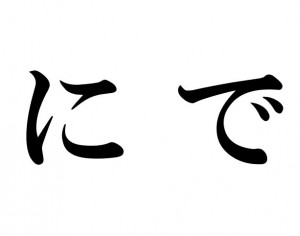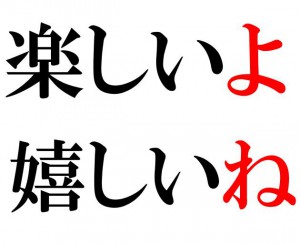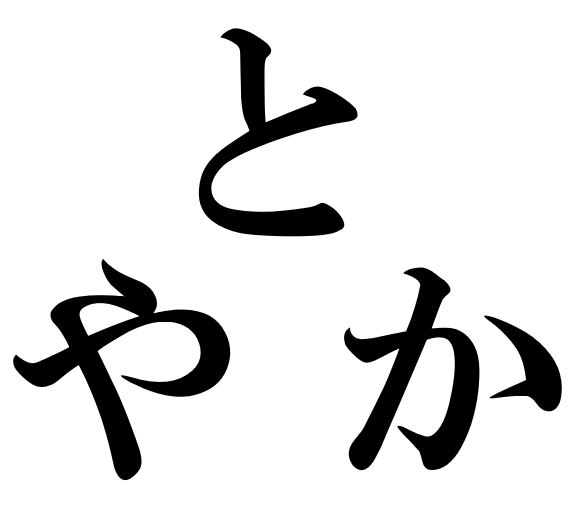Before starting the exercise for parallel markers 「と」「や」「か」, please clarify any doubts you may have about the grammatical rules by referring to your grammar guidebook or dictionary. The Instantaneous Composition Method requires you to compose sentences with the target sentence pattern(s) over and over in order to use them almost effortlessly. You should already have the necessary knowledge.
- Reference
- Genki I – Lesson 4: The particle と, Lesson 11: The particle や
- Tae kim’s Guide – Noun-related Particles
Instantaneous Composition Exercise for Parallel Markers: 「と」「や」「か」
This is not a translation exercise. This is the Instantaneous Composition Exercise. As if a reflexive action, try to create an equivalent Japanese sentence shortly after reading an English script. Try not to think for more than three seconds.
- Audio File
English and Hidden Japanese Scripts
| 1. | (I) met Kimura-san and Sato-san. |
| 木村さんと佐藤さんに会いました。 |
| 2. | (I) went to the park and the sea. |
| 公園と海に行きました。 |
| 3. | Meat and fish are delicious. |
| 肉と魚は美味しいです。 |
| 4. | Work and study are difficult. |
| 仕事と勉強は難しいです。 |
[adsense]
| 5. | (I will) write Japanese and English. |
| 日本語と英語を書きます。 |
| 6. | (I will) read a book and a magazine. |
| 本と雑誌を読みます。 |
| 7. | (I) bought a hat, a jacket, etc. |
| 帽子や上着を買いました。 |
| 8. | (I will) sell shoes, a shirt, etc. |
| 靴やシャツを売ります。 |
| 9. | Nishimura-san or Ota-san (will) go home. |
| 西村さんか太田さんは帰ります。 |
| 10. | There is a dog or a cat. |
| 犬か猫がいます。 |
Recommended Links
How to Proceed with the Instantaneous Composition Method

Japanese Grammar Exercise: Particles 「に (Time)」「で (Means)」

Japanese Grammar Exercise: Sentence-ending Particles 「ね」「よ」「よね」



